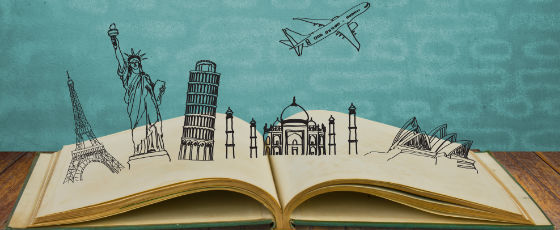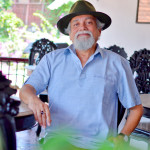
Travel writing is among the oldest forms of writing used to record:
- Information of various kinds collected by travelers
- Observations of social, cultural and political practices
- Meetings with unusual people
- Inner experiences of travelers
In earlier forms the writing was accompanied by maps, sketches, artistic impressions. In later forms, photographs were (and still are) used to add yet another dimension to the traveler’s experience.
There are various genres of travel writing:
- Personal journey
- The social & cultural life of a place/people
- Documentation of an adventure, expedition, exploration
- Tour Guide/holiday planner
Maintaining a travel notebook & other recording methods:
The capacity/ability to remember or recall people, places, encounters, details, feelings and information is critically necessary for the travel writer. To help this capacity/ability to function effectively one can use any or all of the following:
- Personal written diary
- Personal recorded impressions
- Daily record of people, places & events written or recorded
- Interview based written or recorded notebook
- Memory pieces
Important To Remember:
- Sequencing information and narrative flow
- Writing in context
- Highlighting key elements in your narrative to hold the keep the reader’s focus
- Constantly striving to keep the reader engaged
Remember to:
- Craft your narrative according to the need
- Maintain a balance between insight and detail
- Simplify language
 Randhir Khare is a writer, poet, folklorist and painter with numerous books to his credit. He has conducted creative writing courses at Symbiosis and Pune University.
Randhir Khare is a writer, poet, folklorist and painter with numerous books to his credit. He has conducted creative writing courses at Symbiosis and Pune University.
